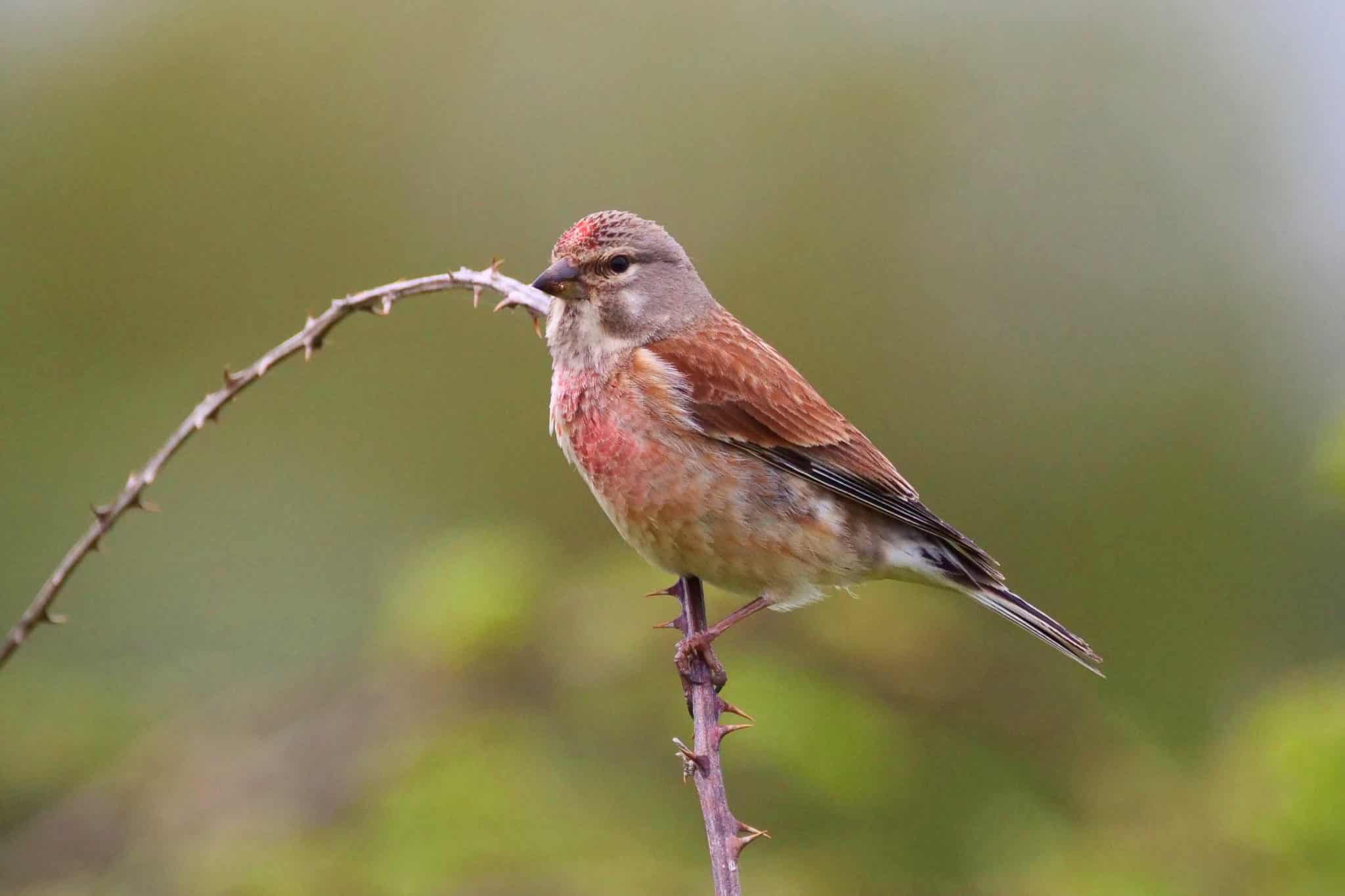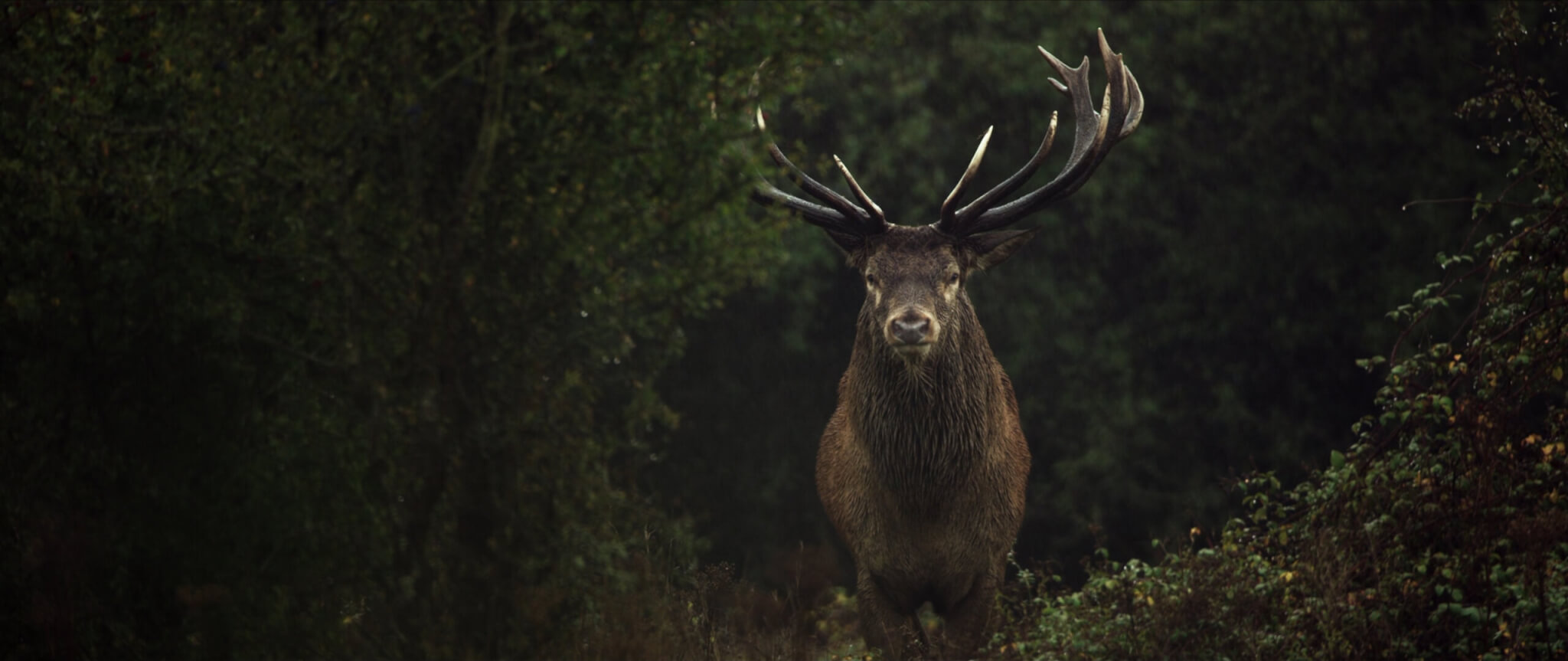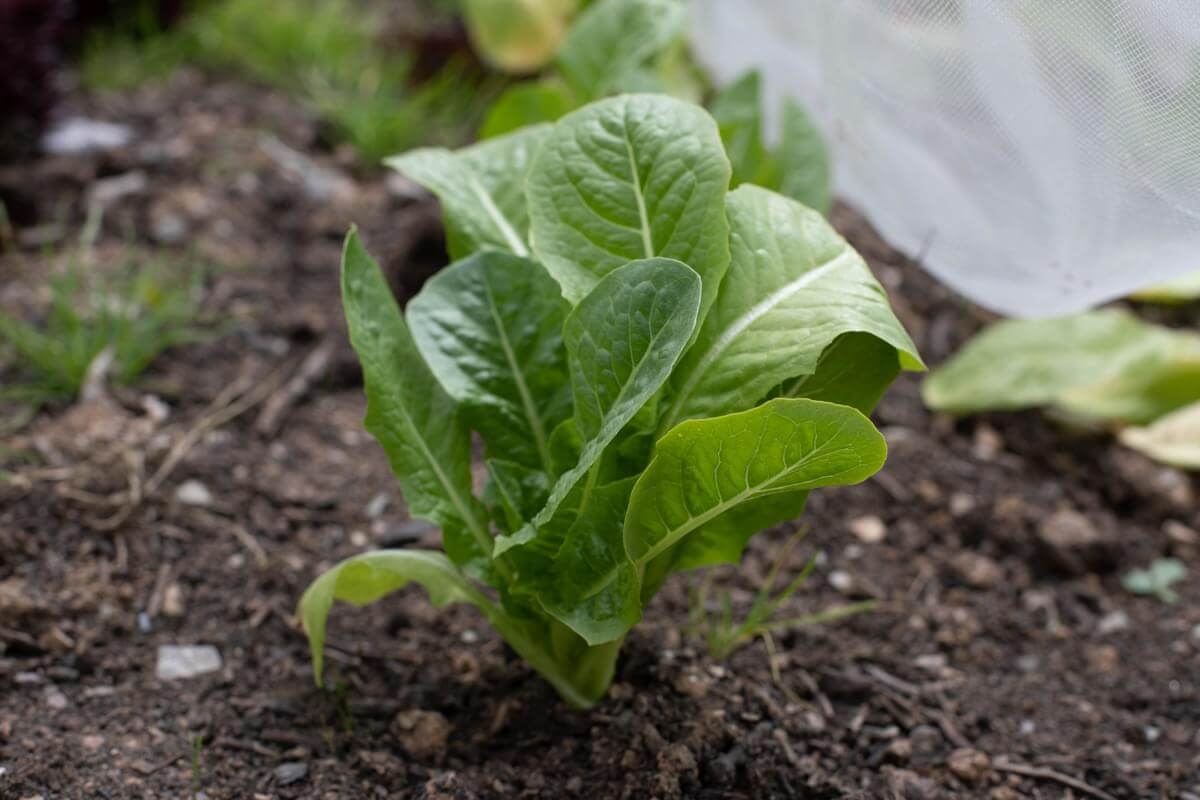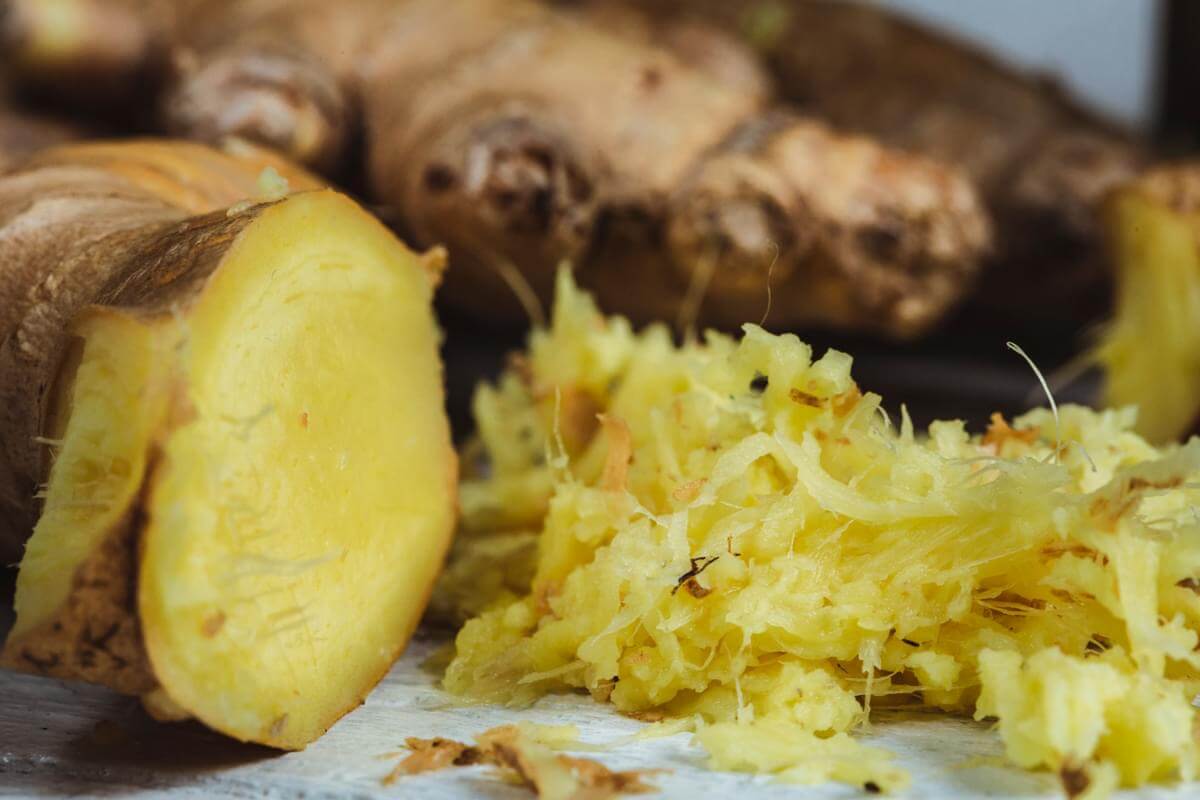Nature-friendly farming that restores biodiversity losses does not reduce the amount of food that can be produced, a long-running study has found.
Scientists from the UK Centre for Ecology & Hydrology (UKCEH) monitored a trial at Buckinghamshire arable farm, Hillesden Estate, which created several habitats, including seed-bearing plants for birds, wildflowers and grass margins.
The study, which was published in the Journal of Applied Ecology, adds a long-term view into the debate around nature-friendly farming techniques, like organic, and how they can help achieve more food self-sufficiency in the UK.
It also aimed to find out whether repairing habitats, which farmers could soon be paid for under new farming subsidy schemes, could restore biodiversity losses that have occurred on arable farms since farming intensified post Second World War.
Results found all bird species on the farm increased by a third between 2006 and 2016, compared to an average of 13 per cent at other monitored sites, while butterfly numbers grew by 40 per cent, compared to 21 per cent elsewhere.
A previous UKCEH study of six years’ harvesting data found yields at Hillesden were maintained – and enhanced for some crops – despite the loss of agricultural land for habitat creation.
The areas of land taken out of food production were chosen because they were unprofitable or difficult to farm, and the new habitats encouraged increased pollination and natural pest control, which in turn boosted crop yield in those parts of the farm.
“Hillesden is a typical, large arable farm with conventional agricultural practices, in an ordinary landscape with no large patches of natural habitat” said lead author John Redhead.
“Therefore, it is likely that the results of our long-term study indicate what can be achieved on other commercial farms with good planning, implementation and management of agri-environment measures.”
Marek Nowakowski of the Wildlife Farming Company said: “The Hillesden study shows that it is possible to balance wildlife conservation with efficient food production. I am confident other farmers could achieve similar results with the right training and advice.”
Specific bird species that thrived under the trial included the common linnet, which more than doubled, as well as other seed-eating species including yellowhammer and chaffinch.
Birds that usually feed on insects benefited from the shelter provided by hedges and grass margins, including the great tit (up 88 per cent) and blue tit (up 73 per cent).
Butterflies that did particularly well at Hillesden over the period studied included the gatekeeper, which feeds on grasses and the green-veined white, which feeds on wildflowers in field margins.
In total, researchers monitored populations of 12 widespread bird species and nine butterfly species. The only species that did significantly worse at Hillesden compared to other sites was the small white butterfly – a pest species that feeds mostly on cultivated brassicas like oilseed rape – which authors said may be due to predation or competition as a result of an increase in beneficial species.
Robin Faccenda, owner of the Hillesden estate, says: “In these challenging times the need to balance profitable farming with increased wildlife delivery has never been more important. My advice to anyone wishing to improve the wildlife on their farm would be to get good advice and create a range of appropriate quality habitats.”















It’s interesting that the birds and butterflies in the “other monitored sites” actually increased as well, even though not as much, because the news these days is always full of headlines about the loss and collapse of wild populations in Britain. Either the science was done differently or the studied sites had other influences not mentioned.